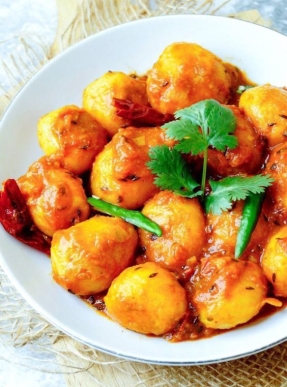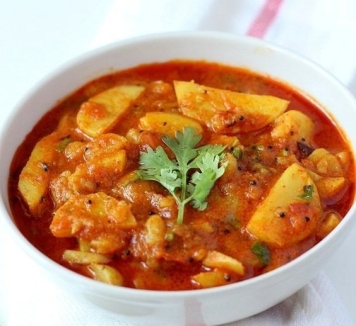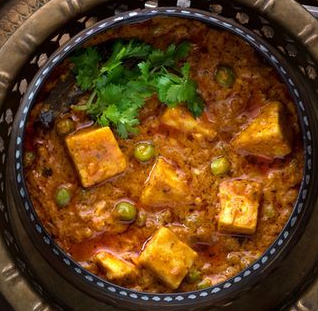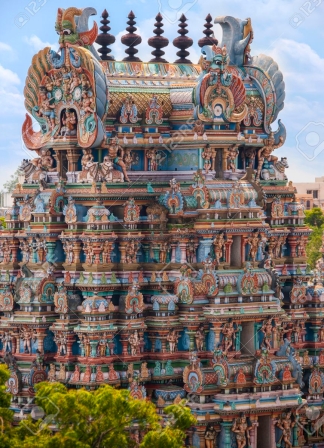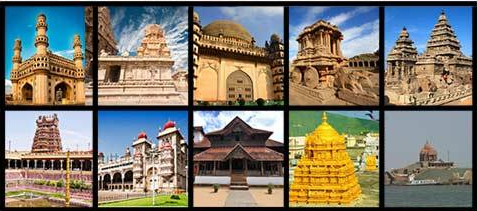Monuments of South India show strong Dravidian traditions and are located in Kerala, Tamil Nadu, Karnataka, Telangana and Andhra Pradesh as well as the Union Territories of Puducherry and the Lakshadweep

Monuments of South India lie untouched and resplendent along the shores of the three oceans that surround and protect its beauty.
The region is separated from the north by the Vindhya Range and insulated on the east and west by the eastern and Western Ghats. Consequently culture, architecture and heritage of the place have remained largely untouched.
Classification of Monuments of South India
Monuments of South India are mainly of two types: religious and historical.
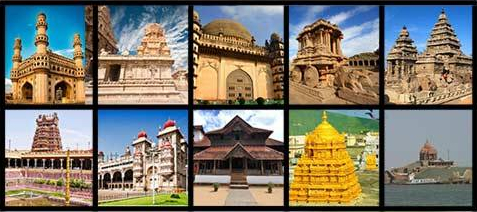
Religious Monuments of South India
 The Religious Monuments of South India constructions took place in the form of churches and mosques. Carved mainly out of stone, the most distinctive features of the South Indian Temples are their Gopurams or large towers, at the entrances.
The Religious Monuments of South India constructions took place in the form of churches and mosques. Carved mainly out of stone, the most distinctive features of the South Indian Temples are their Gopurams or large towers, at the entrances.The southern region has a rich heritage of ancient sacred architecture, with world famous temples at
Madurai, Thanjavur, Mamallapuram and Kanchipuram
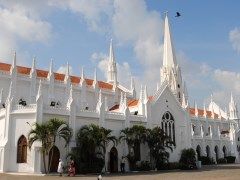
Churches, on the other hand, mainly came into being after the coming of Christianity in India.
A number of beautiful churches, such as,
 San Thome Cathedral, St Mary's Church and many more were constructed.
San Thome Cathedral, St Mary's Church and many more were constructed.Historical Monuments of South India: Chennai in Tamil Nadu was one of the first strongholds of the British in India. Historical monuments comprise of the palaces and forts. However, there are a number of palaces of the 16th and 17th centuries which are examples of the Historical Monuments of South India.
• Lotus Mahal
 : The Lotus Mahal built in 1575 at Vijayanagara, is a remarkable example of the blend of Hindu-Muslim construction style.
: The Lotus Mahal built in 1575 at Vijayanagara, is a remarkable example of the blend of Hindu-Muslim construction style.• Chandragiri
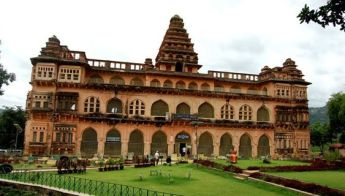
: The palace has a prominent pyramidal tower, but the arcaded facade is treated with a series of orthodox Muslim arches.
• Palace of Tirumalai Nayak
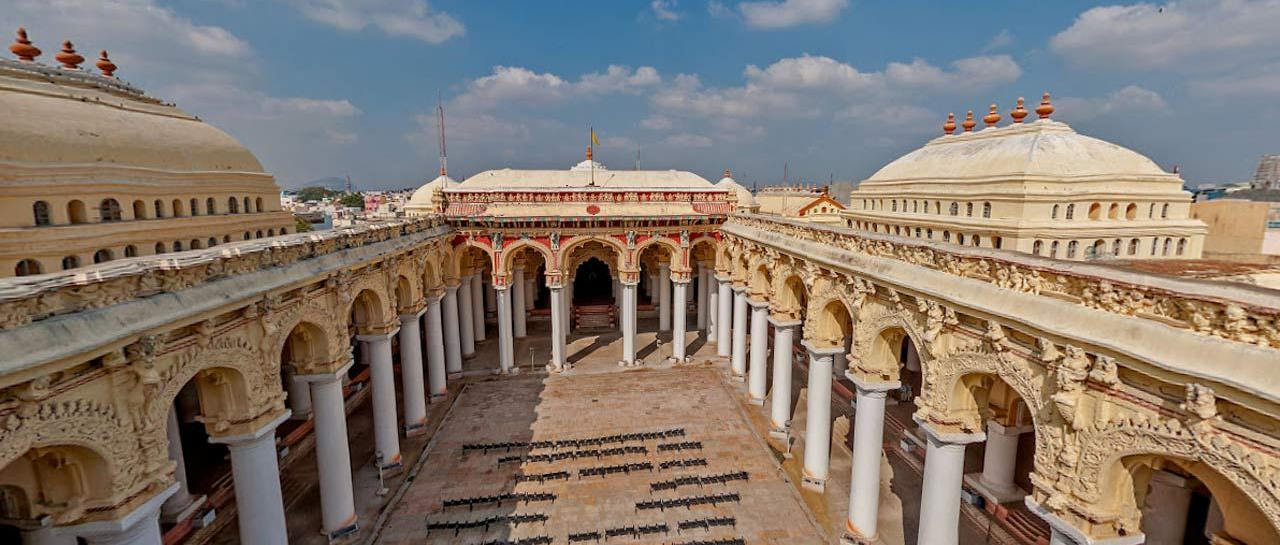
• Padmanabhapuram Palace
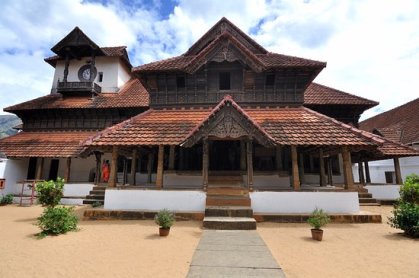 : The Padmanabhapuram palace in Kerala built by the Portuguese, contain a fine series of murals depicting scenes from the Hindu epics.
: The Padmanabhapuram palace in Kerala built by the Portuguese, contain a fine series of murals depicting scenes from the Hindu epics.Monuments of South India are a must-see for tourists looking to understand and appreciate the cultural legacy of India.
Read more : Monuments of South India

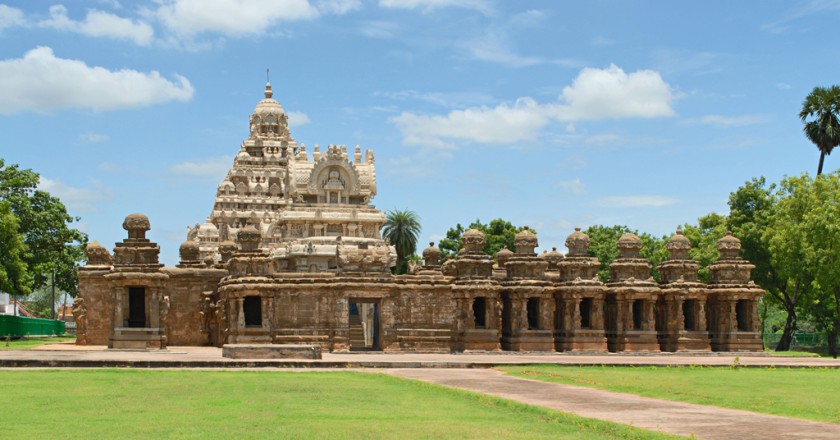

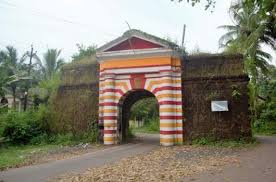
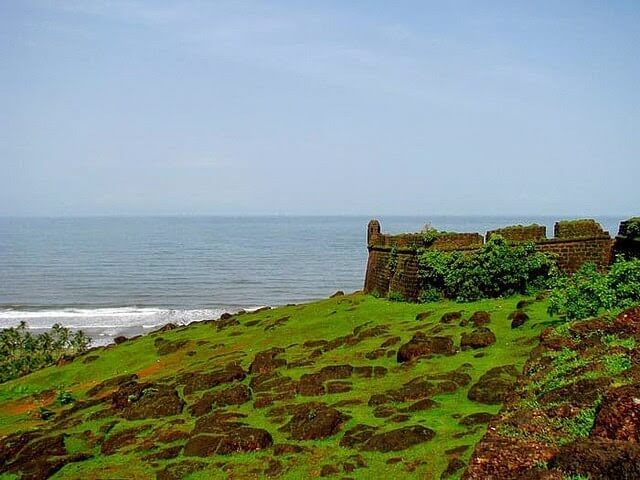
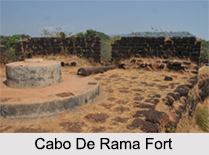

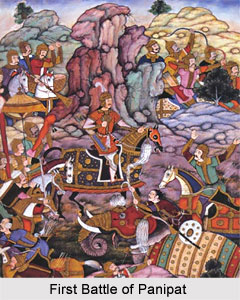 First Battle of Panipat took place between
First Battle of Panipat took place between 
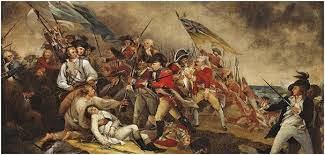

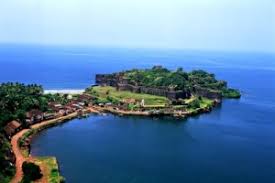
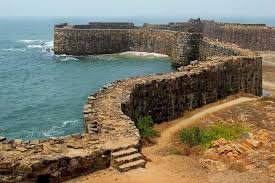
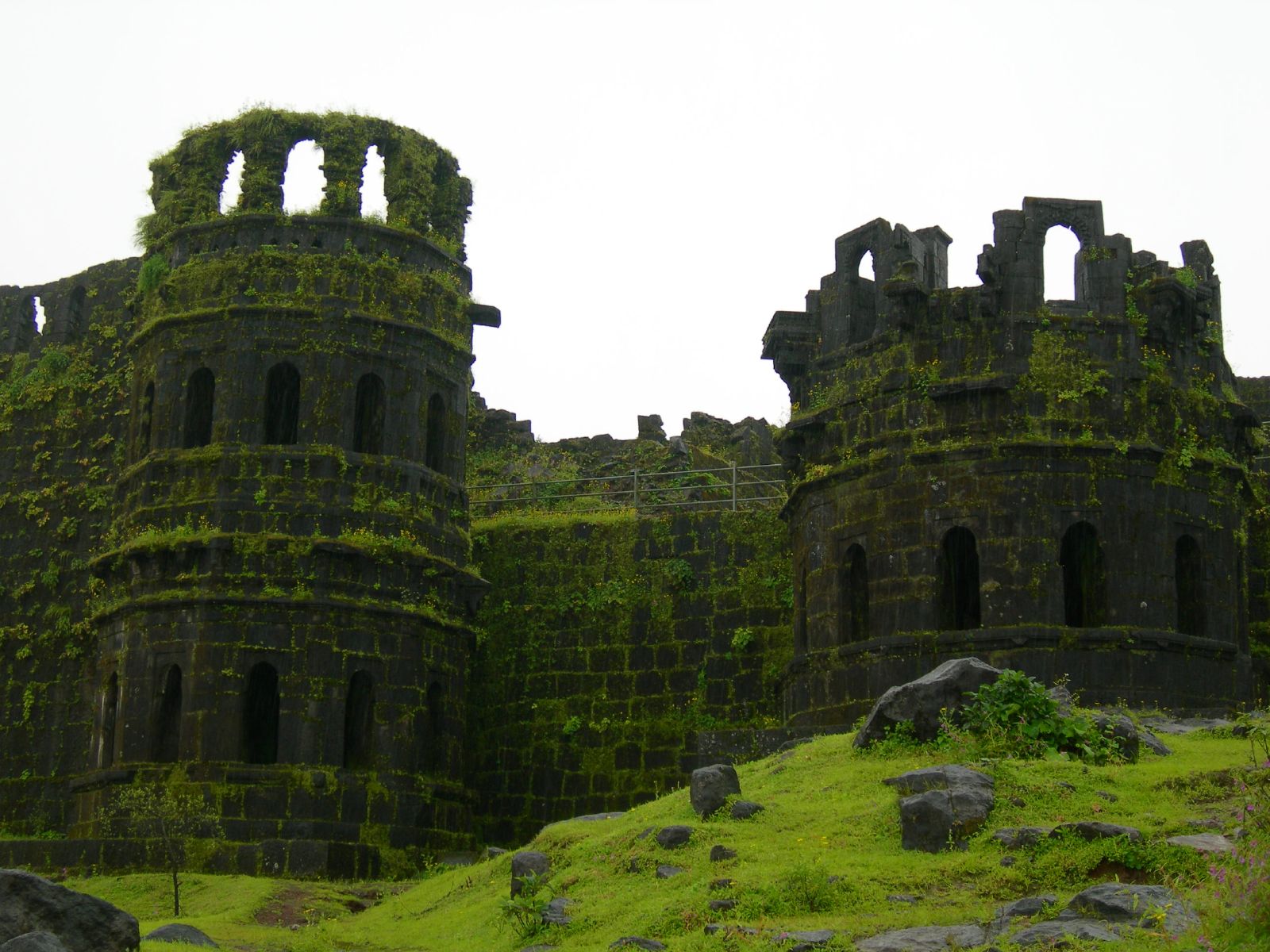
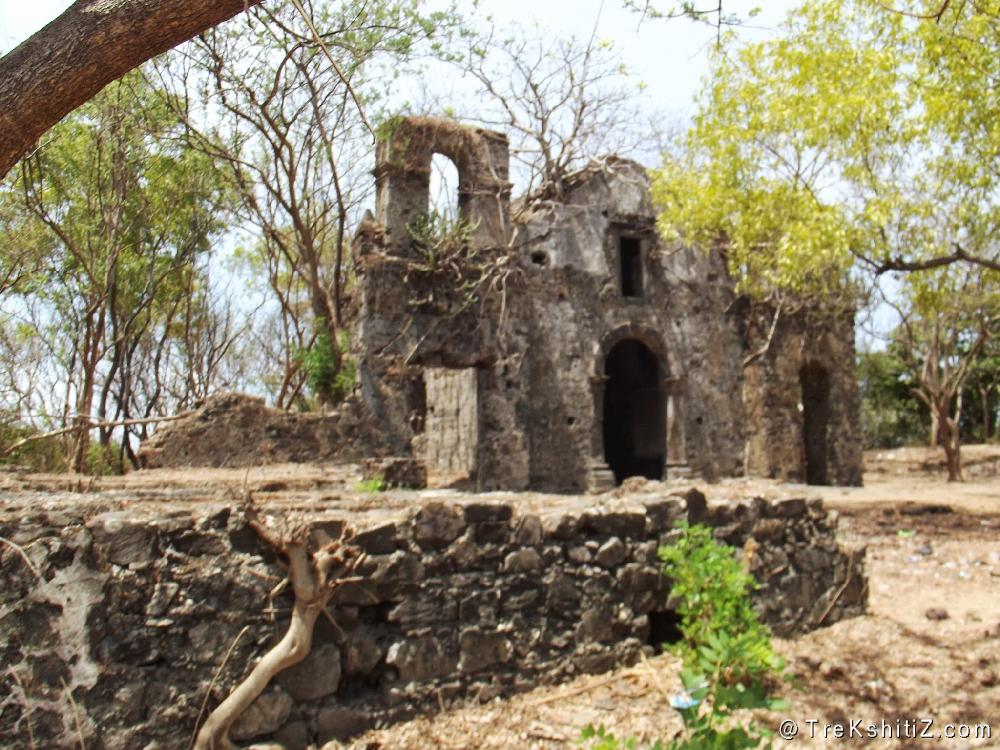







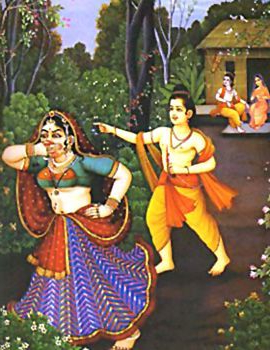
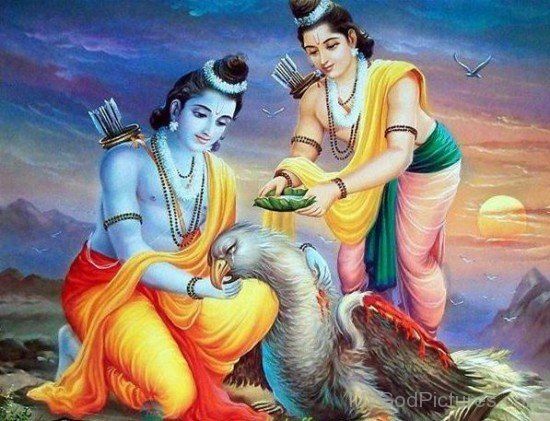


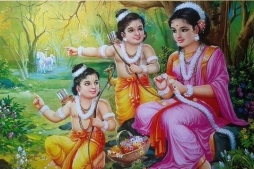
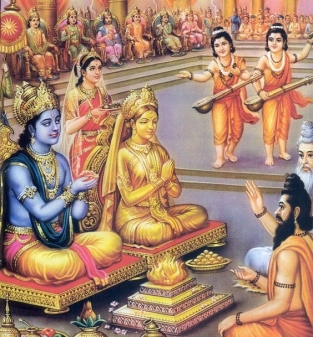
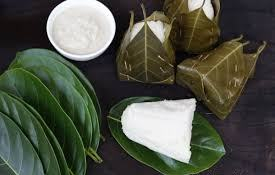


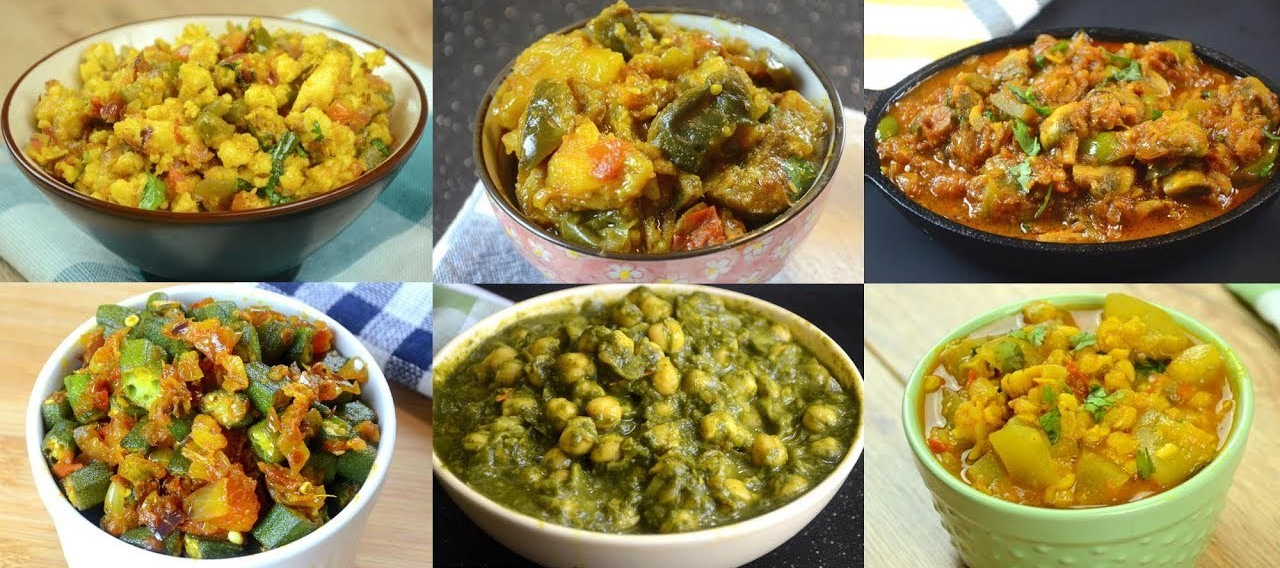 Indian vegetables
Indian vegetables
